A detailed genetic analysis of historic pedigree registrations was conducted for the Society by Grassroots Systems Ltd. The analysis has provided a better understanding of the recent origins of the breed, the risk of inbreeding, its genetic diversity and overall conservation status.
A numerically successful breed
8,917 animals were considered to be the total live population, belonging to 377 members. With c. 5,500 breeding females the Southdown is a numerically a successful breed as the threshold for a sheep breed to be considered “rare” is 3000 breeding females.
An analysis of flock size shows that there are relatively few flocks over 100 animals, with the average flock size being 25 (21 females). There is a good geographical spread of Southdowns around the UK. Both of these factors make the breed resilient to the challenges such as disease outbreaks and genetic erosion.
The ratio of male and female registrations relative to the number of new sires and dams joining the population each year is an indicator of the genetic diversity being maintained within the breed 40-50% of registered females and 30-40% of registered males become dams and sires to registered offspring.
The two charts (not included with the original Pedeweb report) show how the breed has recovered from its nadir in the early seventies - just 9 rams registered in 1970 to a very healthy level. More recent registrations show that ram registrations have plateaued while there is slight trend to more ewe registrations (The surge in ewe registrations in 2015 related to a large number of late/historic registrations from one flock).
Little signs of inbreeding
The inbreeding coefficient is a measure of how many common ancestors appear in animal’s extended pedigree back to the start of the records. The average inbreeding coefficient of the living population was 2.86%. Over time the level of inbreeding will increase – this is inevitable within a breed – it is the rate of increase that determines the risk of inbreeding. However due to the imported animals, the rate of inbreeding in Southdowns appears to be falling – although this is a function of the data as the imported animals which have no pedigree data and therefore have a nominal inbreeding coefficient of zero.
Impact of imports on the current population
Historic imports from New Zealand and France (pre-2000) have an influence on almost every single pedigree; while more recent French imports (post 2000) are in the pedigree of 47% of the national flock.
This article is a shortened summary of article “Pedigree analysis of UK registered Southdowns” that appeared in the autumn 2017 newsletter.
The data set for 2017 was extracted on 20th September so very few 2017 registrations were included in the analysis. In addition, any animals that were recorded as dead or had no registered progeny for three years were also excluded from the analysis.



